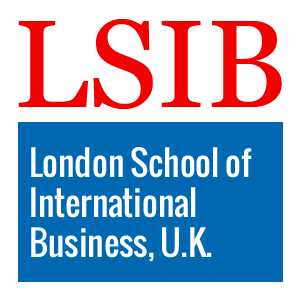Career Advancement Programme in Biomimicry Innovations for Workplace Wellness
Published on June 26, 2025
About this Podcast
HOST: Welcome to our podcast, where we explore innovative courses and their impact on various industries. Today, I'm excited to have [Guest] with us, an expert in Biomimicry Innovations. Can you tell us a bit about the 'Career Advancement Programme in Biomimicry Innovations for Workplace Wellness'? GUEST: Absolutely! This program helps professionals integrate sustainable practices into their organizations using nature-inspired solutions. Our goal is to improve employee well-being and drive productivity through biomimicry principles. HOST: That sounds fascinating! How did you become interested in this field, and what has been your personal experience applying these principles in real-world scenarios? GUEST: I've always been passionate about sustainability and wellness. In my experience, I've seen how incorporating biomimicry can lead to healthier work environments and happier employees. For instance, we've implemented daylighting strategies inspired by forest canopies, which has significantly improved mood and focus in the office. HOST: It's incredible how much influence nature can have on our workspaces. Are there any current industry trends or challenges that stand out when it comes to biomimicry innovations for workplace wellness? GUEST: Definitely. One trend is the increasing awareness of the importance of mental health in the workplace. Biomimicry offers opportunities to create spaces that promote relaxation and reduce stress, such as living walls or biophilic design elements. A challenge, however, is convincing leaders to invest in sometimes costly changes without seeing immediate returns. HOST: That's a valid concern. But with the long-term benefits of improved employee well-being and productivity, I can see how the investment would be worthwhile. As an expert, where do you see the future of biomimicry innovations in the workplace? GUEST: I believe we'll continue to see more organizations adopting these practices as they recognize the value of sustainable work environments. In the future, I expect biomimicry to become a standard aspect of workplace design and culture, ultimately transforming how we view and interact with our workspaces. HOST: It's inspiring to think about the potential impact of biomimicry innovations on workplace wellness. Thank you so much for joining us today, [Guest], and sharing your insights on this fascinating course! GUEST: My pleasure! Thanks for having me.
